22 Tips on Social Media Strategy For Instagram
If you want a solid social media strategy for Instagram, look no further. We offer tips, tools, and examples to set you up for Insta-success.
Updated November 6, 2024.

Social media marketing used to be about posting product photos or blog post links – or "spraying and praying" – and hoping for the best. Not anymore!
Want to win on Insta? You need a solid Instagram social media strategy. No negotiations.
But Instagram can feel like a tough nut to crack for a lot of business owners and marketers. There's this mix of excitement and "Uh, what do I do now?!"
So, where do you start? How do you move from random posts to a strategy that works?
Read our complete guide to building an Instagram strategy that works.
(Source)
What is Instagram marketing?
Instagram marketing is using Instagram as a promotional and relationship-building channel for your business. It's where you can show off your products, tell your story, and connect with customers.
But it's not just about selling stuff. It's about creating a vibe, a personality for your brand that people can relate to and want to be a part of.
For eCommerce businesses, Instagram is like a match made in heaven. Features like shoppable posts, where people can buy your products directly from your photos, make the platform a powerful tool for turning followers into customers.
It's visual, instant, and happens to be where a lot of your customers are hanging out. More than anything, it's a place to build your brand's voice, showcase your company culture, and even share your successes.
A well-thought-out Instagram strategy makes your business more human and relatable, which is important no matter who your customers are. But remember: while platforms like Facebook and Twitter are great for sharing news and updates, Instagram is where you show the world what you're all about in a visual way.
Pro tip: Want to grow on Instagram the right way? Talk to one of our vetted Instagram experts today.
Top reasons to market on Instagram
Instagram is bursting with engagement, with 1.44 billion active users every month. It’s like a busy cyber-café where everyone's chatting, sharing stories, and connecting over common interests.
Marketing your business on Instagram can help you
- Boost brand visibility: High engagement rates on Instagram mean more likes, shares, and comments. This increases brand exposure and recognition for businesses, eventually, translating into a higher conversion rate as well.
- Drive sales to your store: Instagram's shoppable posts and product tags turn profiles into direct sales channels, ideal for reaching more potential customers and improving online sales.
- Reach a wider audience: With its worldwide user base, Instagram allows businesses to tap into different market segments, and expand their customer reach.
- Better targeting for ads: Instagram's rich targeting options, thanks to its integration with Facebook’s Meta network, are perfect for those looking to reach specific demographics and interests that align with specific marketing objectives.
- Gain valuable insights: Instagram's analytics tools provide businesses with important data to understand customer behavior and refine marketing strategies for better results.
(Source)
Through photos and videos, brands can convey their message in a way that words alone can't match. It's a powerful way to create an emotional connection with your audience. You're not just selling a product. You're telling a story where your ideal customer is the leading hero.
How to set up Instagram for your business in 6 steps
Setting up Instagram for your business is straightforward:
Download the app and sign up
First, download the Instagram app on your phone. Open the app and sign up using an email address. Use your business email to keep things professional.
Choose your username
Your username should be your business name or as close to it as possible. Keep it simple and recognizable. If your preferred name is taken, try a variation that still clearly represents your brand.
Sometimes it’s a good idea to add a keyword in there so that people can stumble upon your profile by accident. A brand called Barney’s can elaborate that they’re a cafe, so the username would be Barney’s Cafe instead.
Set up your profile
Add a profile picture that reflects your brand, like your logo. This helps with brand recognition. Next, fill out your bio with concise, clear information about your business. Include what you do and a hint of your brand's personality.
Switch to a business account
Go to your profile and tap the three lines representing the menu in the top right corner. Select "Settings" then "Account", and choose "Switch to Professional Account." Pick "Business" when prompted. This switch unlocks business features like insights and social media ads.
Add your contact info and category
Add your contact information to allow customers to reach you. Also, choose a category for your business, like "Clothing Store" or "Restaurant." This helps people understand what you offer at a glance.
Link to your website
If you have a website, include the link in your bio. This drives traffic from Instagram to your website and can boost sales or inquiries.
And there you have it! Your Instagram business account is set up and ready to roll. If you're strapped for time or need a bit of creative flair, hiring a social media content freelancer could be a smart move.
Popular types of Instagram post formats
Instagram isn't just about what you post, but how you post it. The platform offers a variety of formats, each with its unique flair and purpose. From classic images to trendy Reels, understanding these formats can help you better engage your audience and get more people to double tap on your content.
Image Only
A powerful image can tell a story, evoke cognitive emotions, or showcase your products. The key is in the quality and composition.
Use natural light, focus on interesting details, and keep your brand aesthetic consistent. Remember: simplicity speaks volumes.
Instagram Reels
Reels have taken Instagram by storm. These short, entertaining videos are a great way to show off your brand's personality. You can use Reels for quick tutorials, behind-the-scenes glimpses, or just fun, relatable Instagram content. Keep it light, engaging, and aligned with your brand’s voice.
Instagram Story
Stories offer a real-time, ephemeral way to connect with your audience. They're perfect for sharing daily activities, special offers, or direct interactions with your followers.
Get creative with polls, question boxes, and stickers to encourage viewer participation. Stories are your go-to for building a more personal connection.
Instagram carousel posts
Instagram carousel posts allow you to share multiple images or videos in a single post. They're great for storytelling, showing different angles of a product, or sharing a series of tips.
Use high-quality visuals and ensure each slide is engaging. Carousels can keep viewers swiping and engaged longer than single-image posts.
Instagram Live
Live videos on Instagram are exactly what they sound: live transmissions on your broadcast channel. Although they are less popular these days relative to when they first came out, Instagram Live shows and posts still work for many brands. This is particularly true for eCommerce businesses, for example, where marketing strategies revolve around impulse buys.
Types of Instagram posts
Instagram offers a smorgasbord of content types, each with its own purpose. From eye-catching images to behind-the-scenes sneak peeks, there’s a style of post for every brand to tell its story and engage with its audience.
Here are some of the most successful types of content across different post formats, be it Instagram stories, Reels, or image posts:
Employee reposts
Sharing content from your team's personal accounts adds a human touch to your brand. This can be a day-in-the-life post or celebrating a team member's achievements, for example.
Choose content that aligns with your brand values and showcases your company culture. It's a great way to make your team feel valued and your brand more relatable.
Educational posts
Educational content is a powerhouse. It adds value to your followers and positions you as an authority in your field. For example, a fitness brand can offer workout tips, and a tech company can share the latest industry insights.
The key is to be informative but engaging, turning complex information into digestable content.
User-generated content
Nothing speaks authenticity like content created by your customers. Sharing their posts not only shows appreciation but also builds trust with your audience.
Encourage your customers to tag your brand or use a specific hashtag. Then curate the best posts to share. It’s like word-of-mouth marketing.
Behind the scenes (BTS)
People love to see what goes on behind the curtain. Share glimpses of your workspace, the product creation process, or team outings.
This kind of content humanizes your brand, building a deeper connection with your audience. It shows there’s more to your business than just selling a product or service.
Motivational content
Motivational posts can uplift and engage your audience. But it’s important to tie them back to your brand ethos.
For a fitness brand, it could be about pushing limits. A startup might share quotes about innovation and perseverance. Keep it relevant and inspiring without straying too far from your brand’s core message.
Newsjacking
Newsjacking is about capitalizing on trending topics or news in a way that relates to your brand. It keeps your content fresh and relevant.
For instance, a fashion brand might jump on a major fashion event. The trick is to stay timely and tasteful, ensuring you add value to the conversation without appearing opportunistic.
How to create a winning Instagram social strategy
Building a comprehensive Instagram content strategy is like crafting a roadmap for your online journey. It involves understanding your destination (your business goals), knowing the best routes (your content and tactics), and being equipped with the right tools (analytics and insights).
Let's dive into the steps to create a strategy that not only reaches but resonates with your audience.
Step 1: Know your audience
Knowing your audience is the only thing that matters in marketing and sales. Who are they? What do they like? Use Instagram's Insights feature to gather data on demographics and engagement patterns.
Also, look at your competitors' followers to get a sense of who might be interested in your content. Surveys and direct interactions can also provide valuable insights. Even more effective is creating a buyer persona that helps you understand your audience more intimately.
(Source)
Step 2: Create your business/creator profile
Your profile is your first impression. And according to the primacy effect, first impressions matter. Choose a username that reflects your business and is easy to find.
Your profile picture should be recognizable, so the safest bet is to use a logo. If people have to squint to see your profile picture, think about replacing it with one that’s easy to see.
Make sure your account is set to a business or creator profile to access additional features, like analytics and advertising, discussed above.
Step 3: Optimize Your Profile
Optimizing your profile goes beyond the basics – it's about making your profile discoverable and appealing at first glance. Here, focus on adding elements that enhance your profile's visibility and appeal.
Think about incorporating unique selling points and keywords in your profile description. These elements should convey what sets your brand apart and make it easy for potential followers to find you in searches.
Step 4: Write an enticing bio
Your bio is a snapshot of your brand's story and personality. In this limited space, every word counts. Aim to create a bio that captures your brand’s essence and speaks directly to your target audience. It should be concise yet captivating, highlighting what you do and why it matters.
Remember to include a compelling call-to-action, guiding visitors towards specific actions like visiting your website, exploring a product, or following your page for updates. This is your chance to turn profile visitors into active followers or customers.
Step 5: Align your Instagram strategy with your business goals
Now’s a good time to think about your business objectives and social media budget. Whether it's increasing brand awareness, driving sales, or engaging with the community, your content should reflect these goals and budget.
Tailor your posts, stories, and interactions to steer towards these objectives within realistic expectations of your budget.
Step 6: Keep your Instagram on-brand
Ensure your posts consistently reflect your brand's voice, style, and ethos. Your Instagram feed should be a visual extension of your brand, maintaining the same tone and aesthetic as your other marketing materials.
Step 7: Create a content calendar
As you develop your social media growth plan, create an editorial calendar that allows you to plan content in advance.
To build an effective calendar, start by mapping out your posts for the upcoming weeks or even months. You'll not only have to decide which days to post, but also the type of content you'll share.
Will it be an eye-catching image, an engaging story, or a captivating reel? Each post should serve a purpose, whether it’s to educate, entertain, or sell.
Remember to align your content with important dates relevant to your business, like product launches, seasonal events, or industry-specific days. This helps keep your content timely and relevant.
Additionally, diversify your content to keep your feed interesting. A mix of product shots, behind-the-scenes glimpses, customer testimonials, and educational posts can create a rich and engaging Instagram experience for your followers.
Step 8: Schedule your posts
Find the right balance in posting frequency. Use tools like Buffer or Hootsuite to schedule your posts at times when your audience is most active. Consistency is probably the main thing you need to focus on, but avoid overwhelming your followers with too much content.
(Source)
Step 9: Practice social listening
Stay tuned to what's being said about your brand and industry. Monitor mentions, tags, and industry keywords. Responding to comments and participating in conversations can provide valuable insights and enhance your brand's presence.
Step 10: Learn how the algorithm works
Understanding Instagram's algorithm can help in strategizing your content. Factors like engagement, relevance, and timeliness play a role in how your content is displayed to users. Keep these in mind while creating and posting content.
Step 11: Experiment with different post formats
Don’t be afraid to try different post formats: images, carousels, videos, reels, and stories. Experimenting helps you understand what resonates best with your audience and keeps your content fresh and engaging.
Step 12: Go live
Live streaming on Instagram can foster real-time engagement with your audience. Use it for Q&A sessions, product launches, or just to give a raw, unfiltered glimpse of what goes on behind the scenes.
Step 13: Open an Insta shop
If you sell products, consider setting up an Instagram Shop. This feature lets users browse and purchase products directly through the app, streamlining the shopping experience.
However, setting up and managing an Instagram Shop can be quite a task. It's not just about adding products; it's about creating attractive product pages, organizing your catalog, and regularly updating your listings. Plus, you want to ensure your shop aligns with your overall brand aesthetic and Instagram content strategy.
For many businesses, especially smaller ones or those just starting on Instagram, handling this and other responsibilities, can be overwhelming. If you hire Instagram freelancers, they’ll be able to save a lot of time doing this.
Step 14: Boost high-performing posts
Identify posts that perform well and boost them through paid promotions to reach a wider audience. This can be especially effective for driving specific campaign goals.
Step 15: Share people-centric posts
Create posts that focus on people, whether it's your team, customers, or community. This humanizes your brand and fosters a deeper connection with your audience.
Step 16: Post scroll-stopping images
Images can make or break your engagement. To capture and hold your audience's attention, invest in crafting images that are not just good-looking but captivating. High-quality, visually striking images can stop someone mid-scroll, luring them in to explore your content further.
Investing time and resources into creating standout images will pay off in the form of higher engagement and a more memorable presence on your followers' feeds, leading to potential sales.
Step 17: Write compelling captions
A compelling caption grabs your audience's attention and adds depth to your visual content. It's about striking the right balance between being catchy and staying true to your brand's voice.
First, keep your captions engaging. This could mean starting with a question, a fun fact, or a bold statement that makes people pause and think. Your goal is to spark curiosity or an emotional response that encourages them to engage with your post.
Now, if you're ever stuck, look up Instagram caption ideas. There are countless examples online that can inspire your caption writing. From puns and inspirational quotes to straightforward calls to action, there's a wealth of ideas out there.
Step 18: Publish consistently
Maintain a regular posting schedule to keep your audience engaged and your brand top of mind. Consistency helps in building a loyal following. Rome wasn’t built in a day.
Step 19: Find the right posting time and frequency
Post when your audience is most active. Use Instagram Insights to determine the best times. And no, there is no “perfect time” to post on social media. As much as we’d love to say there was. It all depends on your target audience.
If you’re targeting, say, retail workers in the US, you have to know that there are different time zones across the country. Most retail workers clock off anytime between 2 and 9 pm, so it’s tough to pinpoint exactly when to post. Use social media analytics to inform your decisions.
Step 20: Engage with and repost other profile’s content
Engage with content from partners, influencers, or customers. Reposting or sharing user-generated content can foster community and show that you value your audience's input and presence.
It’s also a great way to tap into the algorithm. As you may have learned, Instagram’s algorithm thrives off commenting and engagement. When you engage in other people’s posts, there’s a high likelihood that other people will go to your profile.
Step 21: Cross-post from other socials (if it makes sense)
If applicable, share content across your other social platforms. This can expand your reach and ensure a consistent brand message across all social channels.
Step 22: Analyze your data
Regularly review your analytics to understand what's working and what's not. Adjust your strategy based on these insights to continuously improve your Instagram performance.
This isn't just about counting likes and comments. It's about understanding why some posts work and others don't.
Look at your most popular content: What time did you post it? What was it about? This info helps you fine-tune your approach. Maybe your audience loves videos more than photos, or maybe they engage more on weekends. Use these insights to guide what you post next.
Now, if all this sounds like a lot, it might be worth considering a social media manager. Not everyone's a data whiz, and that's okay. A social media manager for hire can take the guesswork out of the equation.
(Source)
Top 9 tools for Instagram marketing
Instagram marketing can be a breeze with the right tools. From scheduling your posts to tracking your success, there’s a tool for every aspect of your Instagram strategy.
Let’s explore some essential social media management platforms and tools that can take your Instagram game to the next level:
Scheduling tools
Scheduling tools like Buffer, Hootsuite, and Later are lifesavers for busy marketers. They let you plan and schedule your posts in advance, ensuring consistent social media management. These tools help maintain a regular posting schedule, save you time and keep your feed fresh and engaging.
Design tools
Eye-catching visuals are key on Instagram. Tools like Canva and Adobe Spark offer easy-to-use templates and design templates to help you and your team create stunning images and graphics. These tools are great for those without a background in graphic design but still want their posts to look professional.
Ads manager
Instagram's Ads Manager is your go-to for running targeted ad campaigns. It allows you to create, manage, and track the performance of your ads. With the targeting options we mentioned earlier in this post, you can ensure your ads reach the right audience, maximizing your return on investment.
If you want to go deeper than just boosting your posts using the ‘boost’ feature, try Facebook’s Meta Ad Manager instead.
Hashtag generator
Relevant hashtags are big for discoverability on Instagram. Tools like Hashtagify or All Hashtag help you build a hashtag strategy by finding the most relevant and popular hashtags for your content. The right hashtags can significantly increase your post's reach and engagement for the right audience demographics (i.e., people interested in the kind of content themes and topics you share).
Some may argue that hashtags are dead. But it depends entirely on your target audience.
Content ideas
Brainstorming new content can sometimes feel like trying to find a needle in a haystack. Business tools like Feedly or BuzzSumo are handy for sparking fresh ideas. They keep you in the loop with what's trending, helping you to craft posts that are both relevant and engaging.
But don't stop there. Another great resource is diving into some of the best books about social media. These books offer a wealth of knowledge and insights from experts who've already proven their strategies before. They can provide a deeper understanding and different approaches to content creation.
You might come across a content angle you hadn't considered or learn about a trend you can tap into. Books like "Jab, Jab, Jab, Right Hook" by Gary Vaynerchuk or "The Art of Social Media" by Guy Kawasaki and Peg Fitzpatrick can be great places to start.
Influencer management
For influencer collaborations, tools like AspireIQ or Upfluence can streamline the process. They help you find and connect with the right influencers, manage campaigns, and track the success of your influencer partnerships.
Link shortening
Since Instagram allows only one clickable link in the bio, tools like Bit.ly, TinyURL, and LinkTree are really popular. They not only shorten links to make them more manageable but also track link performance, providing insights into click-through rates.
User-generated content management
Showcasing user-generated content can boost credibility and engagement. Tools like TINT or Repost allow you to curate and share content from your audience, adding an authentic touch to your feed.
Analytics
Understanding your Instagram performance can be done off social media platforms, too. Analytics tools like Panoramiq Insights provide in-depth data on your account's engagement, reach, and follower demographics. This information is invaluable for refining your strategy and measuring your success on the platform.
Your roadmap to Instagram
Let's keep it real: Instagram is a tool, not a magic wand. It's about hard work, smart choices, and a bit of patience. You've got a bunch of strategies now, but remember, the real deal is in the doing.
Think of Instagram as a conversation. It's not just about talking; it's about listening and responding. The platform is a two-way street. Your job? Keep your side of the street lively and engaging.
Your approach doesn't have to be perfect from the get-go. It's alright to try something, see it flop, and then tweak it. The best Instagram strategies evolve and adapt to what your audience wants. That's precisely why no "ultimate guide" can ever give you a set "growth strategy" or a recipe with marketing tips that make you a surefire, instant success on any of the social media channels!
Remember that vanity metrics like follower count should not be your North Star in your marketing strategy. Sure, they help, but what you want is for your Instagram Reel, image, or carousel post to connect with your audience.
So, go ahead: post that first picture, share that story, and try out that hashtag. Keep your goals in sight, align everything with your marketing strategy, but don't forget to enjoy the process. Give yourself some creative freedom to build the kind of social media marketing strategy that focuses on building genuine relationships with customers (and doesn't just target them with marketing campaigns).
After all, at the heart of every successful Instagram account is a sincere desire to connect and share.
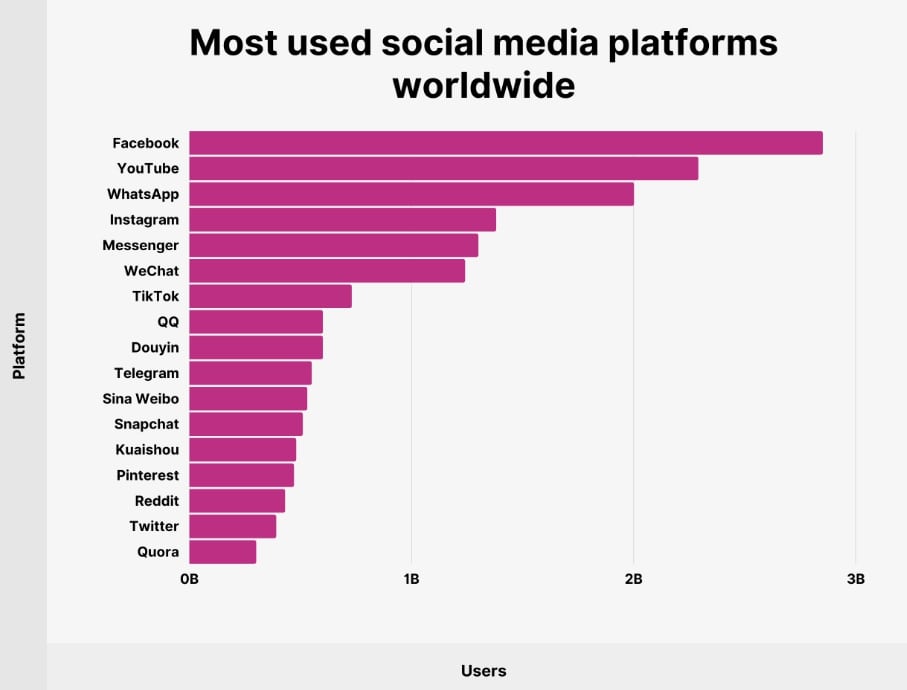
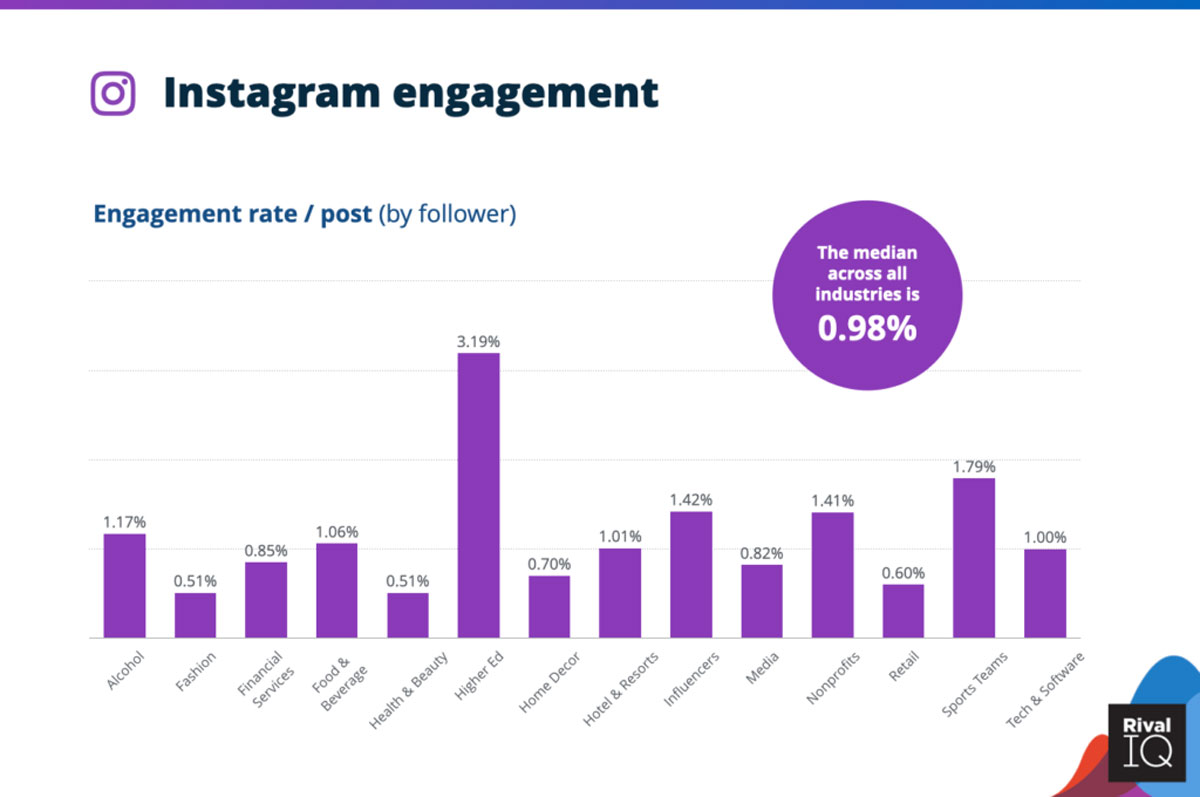

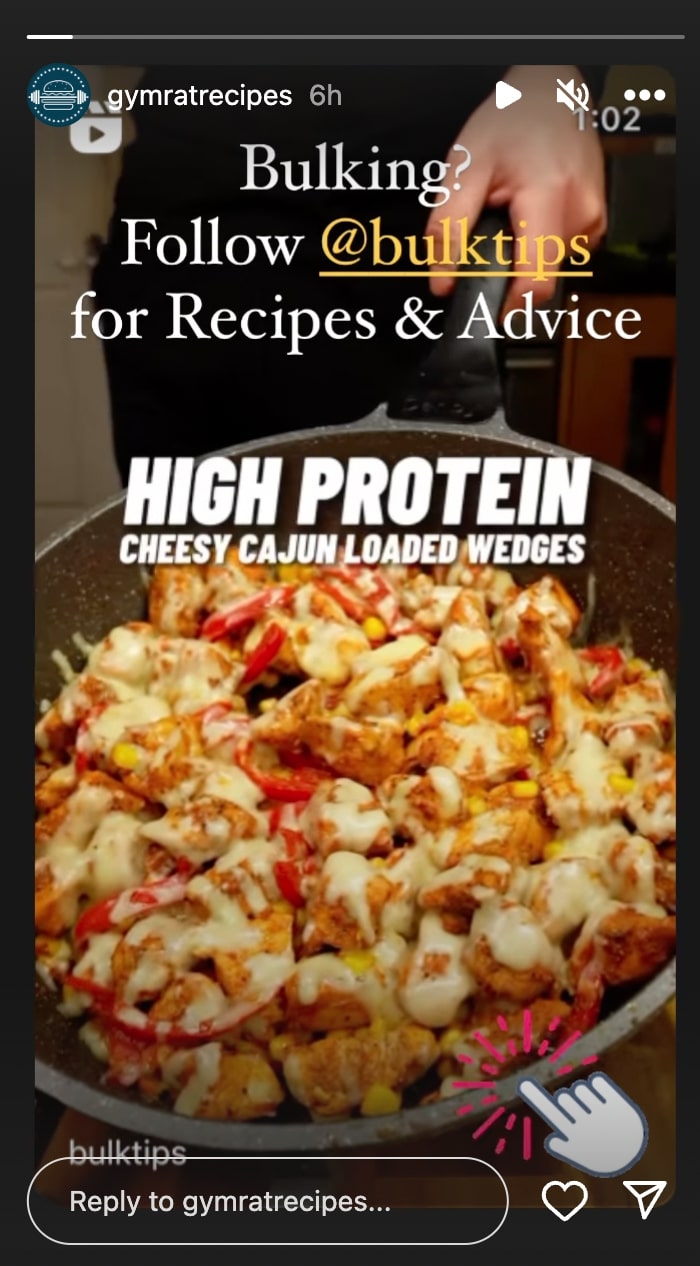


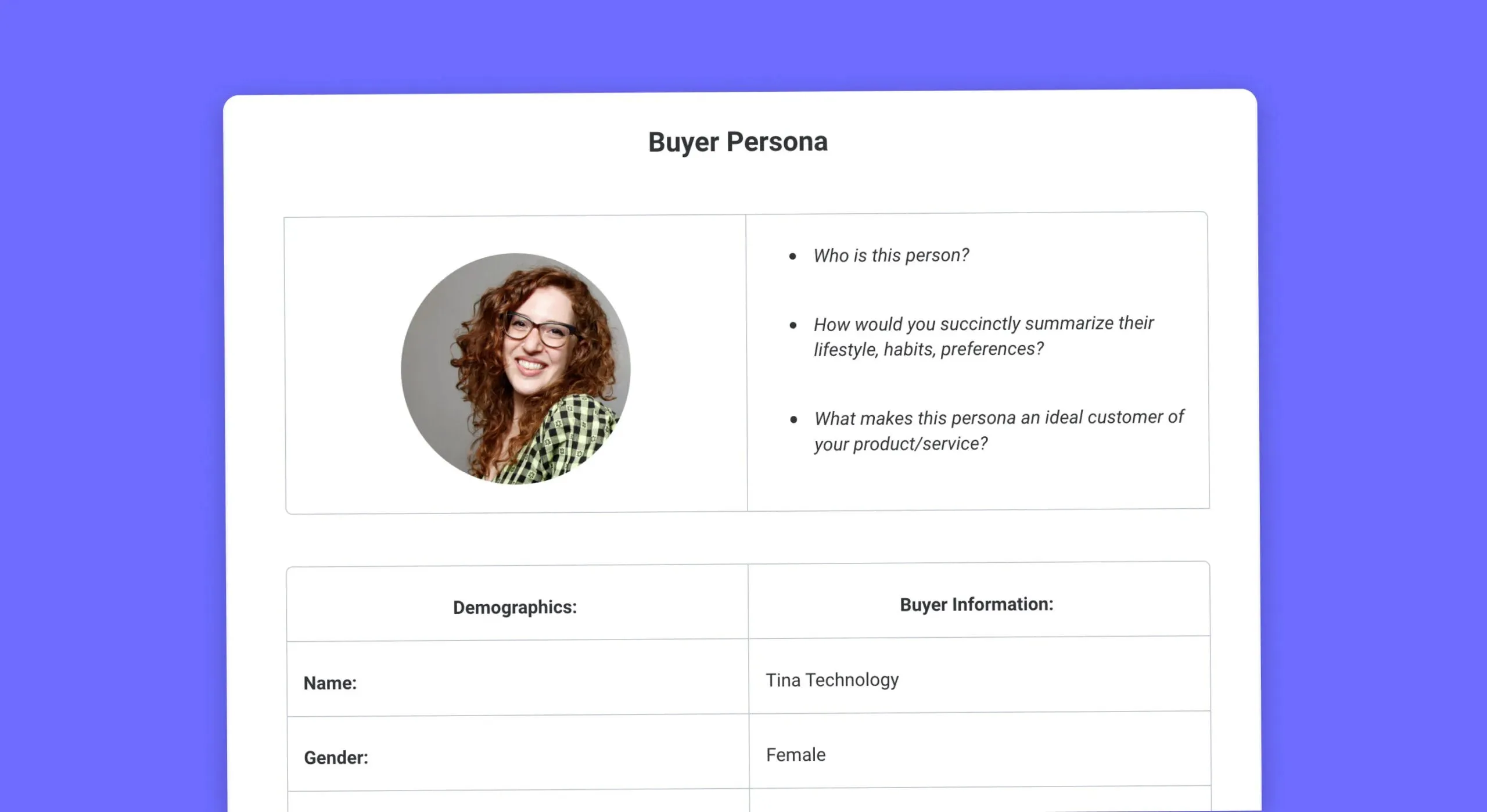
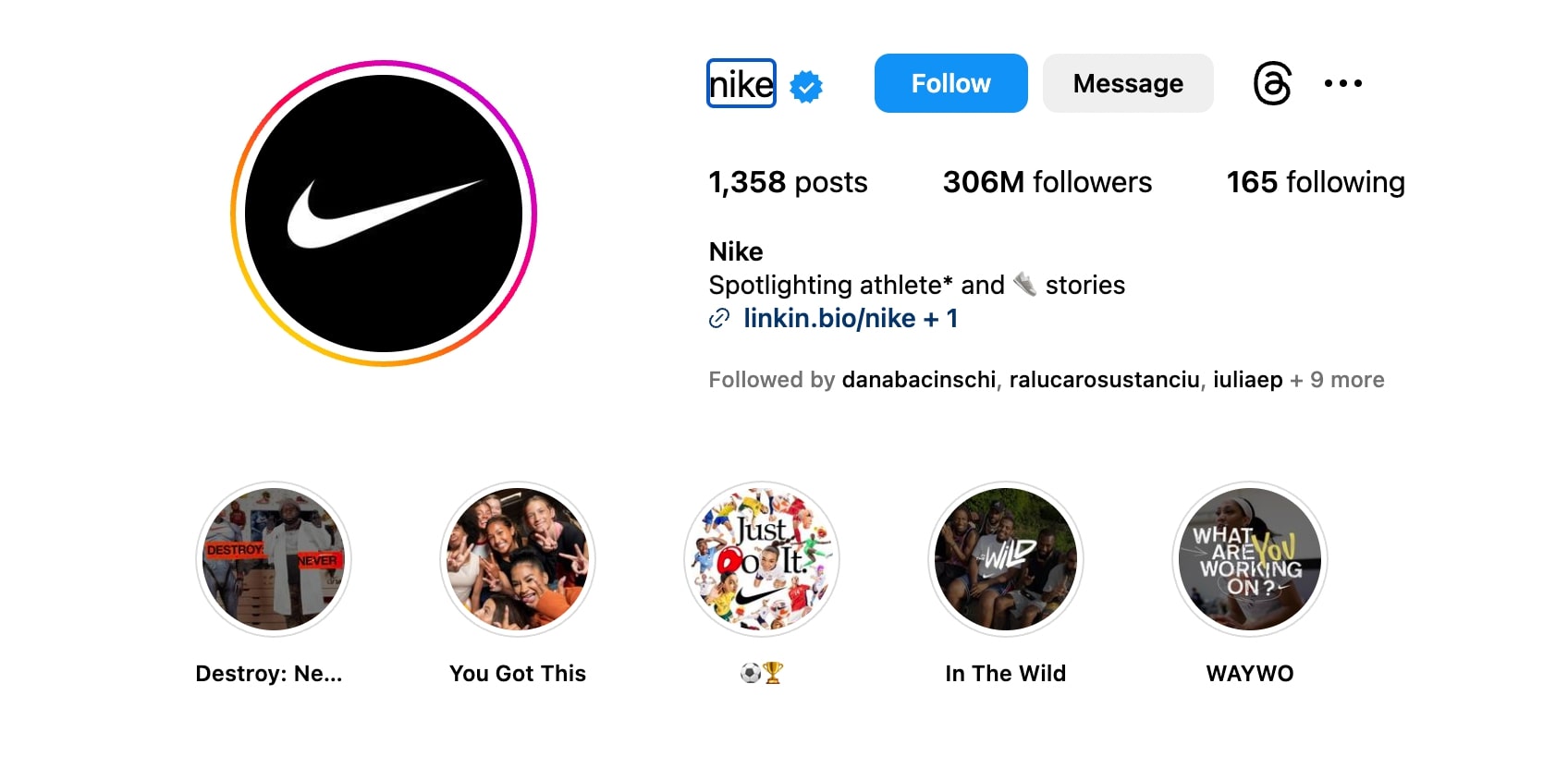
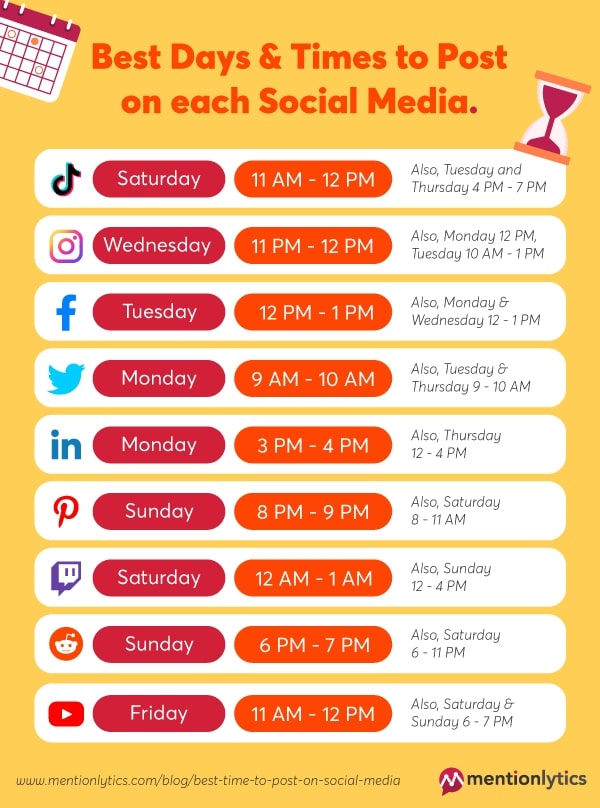
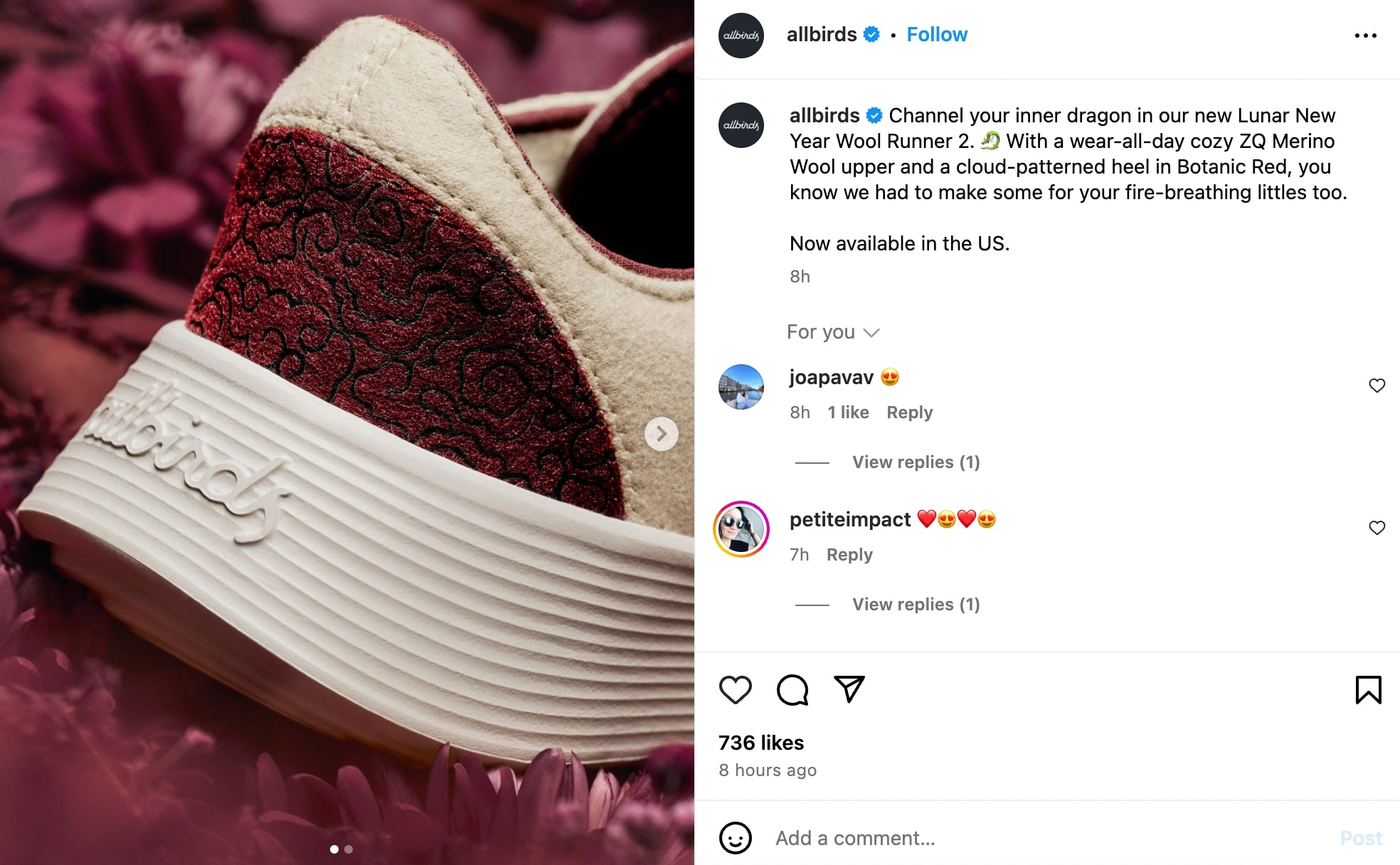
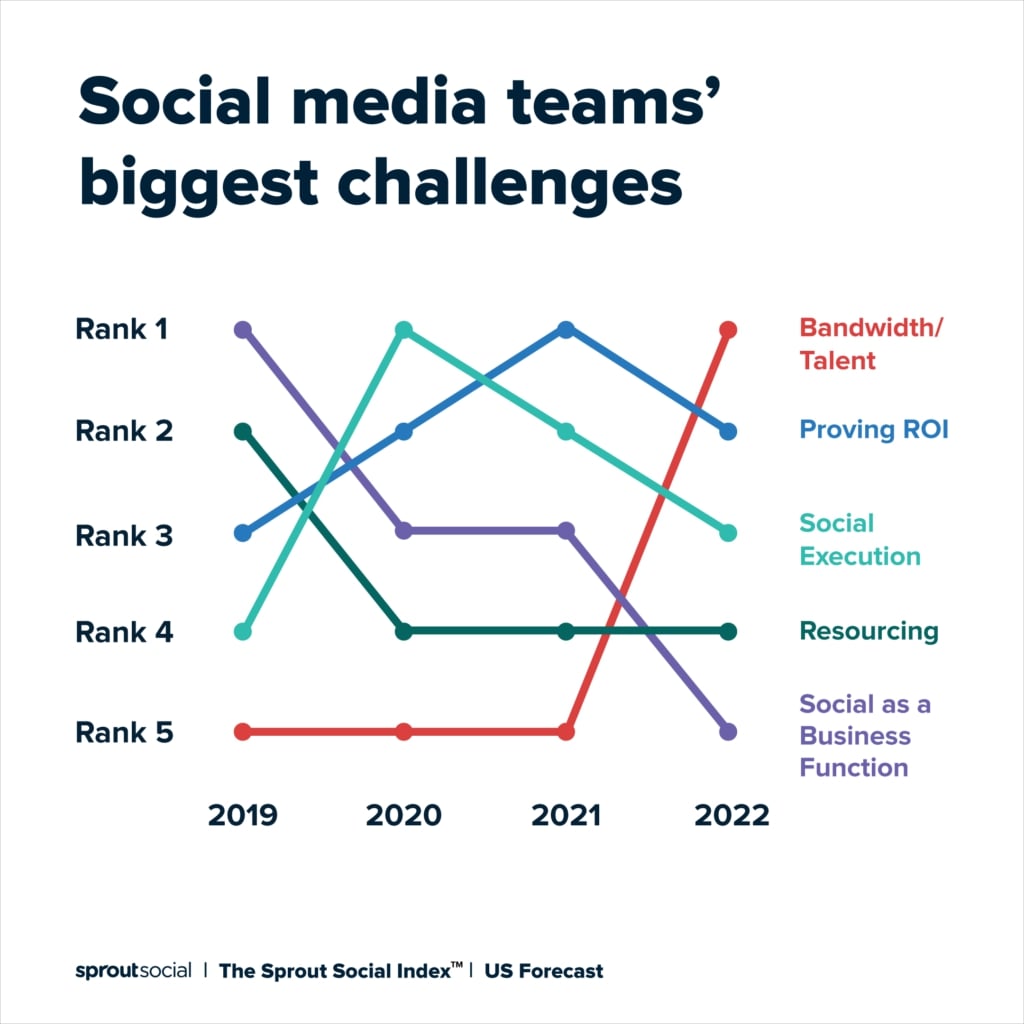
![Social Media Metrics: The Ultimate Guide for 2024 [Updated]](https://entail.mayple.com/en-assets/mayple/fit-in/280x280/2021200x675MaypleBH200111-1706188601822.jpg)



